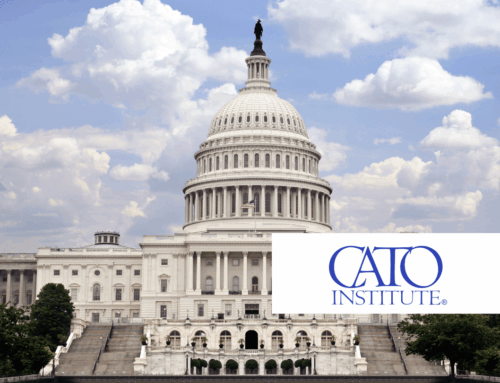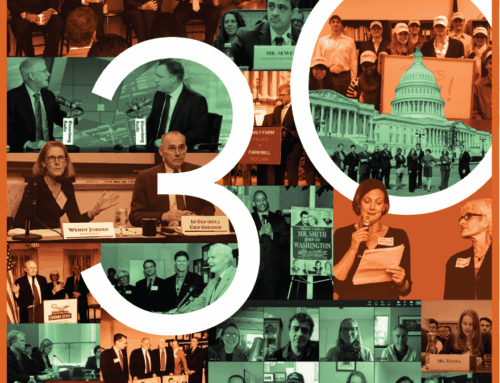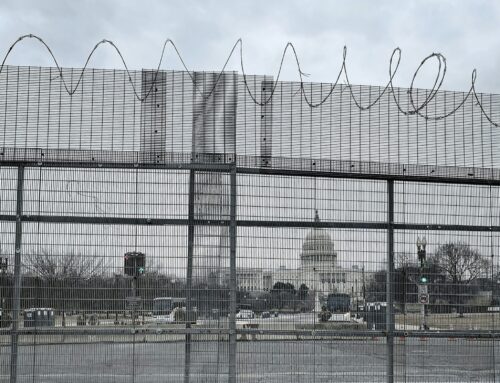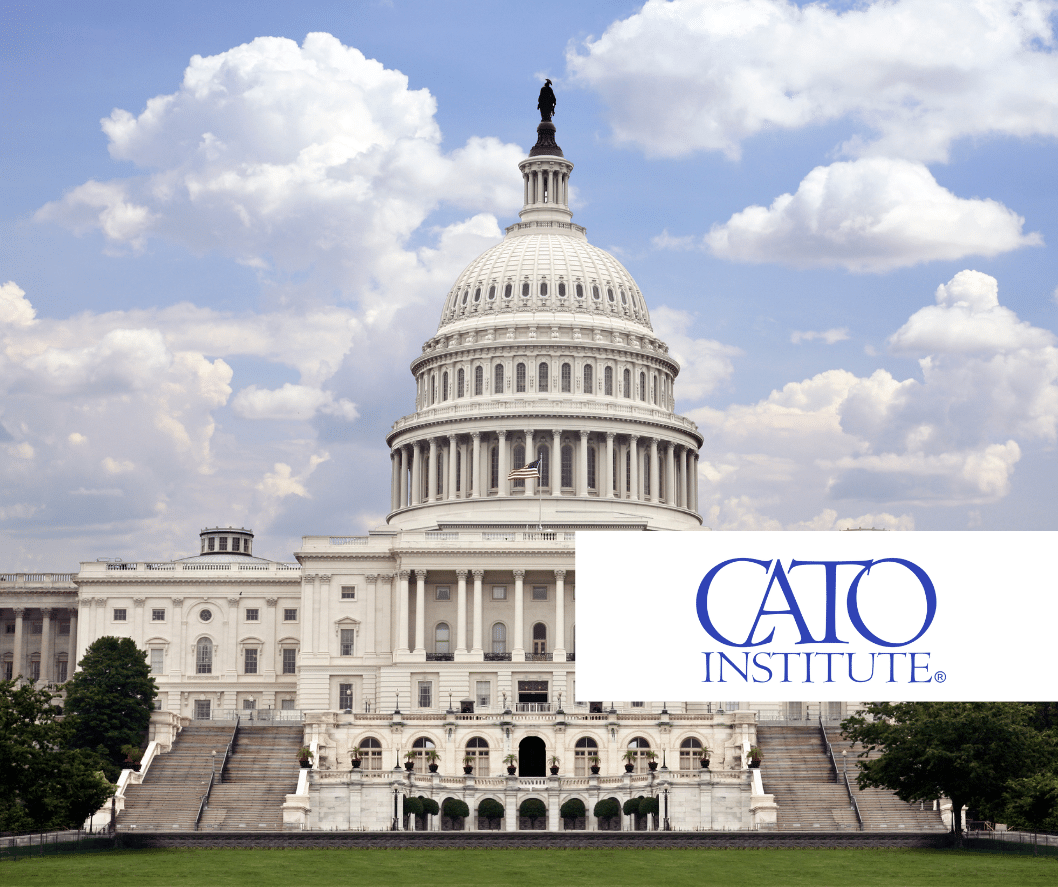Normally, Taxpayers for Common Sense staff would spend this weekend resting up, getting ready for the President’s budget request that is legally required to be released on the first Monday in February each year. But we probably won’t see a budget from the White House for another month.
Some of the delay in budgeting for fiscal year (FY) 2014 is because, even though we’re well into the second quarter of the fiscal year, Washington hasn’t even settled on fiscal year 2013 levels of spending–FY12 levels are on autopilot through the end of March. But before the spending levels are set for the last half of FY13, the across the board cuts known as sequestration (a mechanism invented by Congress and signed by the President) kick in on March 1. And don’t forget, if the current deal holds, in late May we will be talking about the debt ceiling again. Sheesh.
What is this whole budget mess, how did Congress and the country get here, and how can it be fixed?
After fighting with President Nixon over spending priorities, cost of items, and even withholding appropriated funds from being spent (impoundment), Congress tried to clean things up by passing the Congressional Budget and Impoundment Reform Act of 1974.
The 1974 budget legislation created the Congressional Budget Office, a nonpartisan arm of Congress, to keep a budget score on legislation and provide a legislative branch counterweight to the Executive Branch’s Office of Management and Budget (OMB). It also created the current budget process where (in a nutshell) House and Senate budget committees would take the President’s annual request into consideration and then set the broad spending priorities for their chamber. The House and Senate would then hammer out their differences in a concurrent budget resolution that ensures the two chambers are singing off of the same budgetary sheet of music, and that final spending legislation in both chambers will have the same top line number, easing passage. This concurrent budget resolution does not go to the President’s desk and does not become law, instead it serves as an organizing document for Congress.
In the budget resolution the budget committee can set spending targets (cuts) for other committees, but they cannot dictate how (which programs or line-items) those targets are met. And, technically, the resolution’s targets aren’t enforceable… unless Congress chooses to go with budget reconciliation. Reconciliation sets hard targets that must be met by the committees. In today’s climate, where hard choices must be made but no committee is willing to lead, reconciliation would likely be the tool used to enforce mandatory spending cuts included in any grand spending deal.
But reconciliation has also been abused. The 2001 and 2003 tax cuts used reconciliation to get to passage, so did the health care reform package known as Obamacare. The drafters of the 1974 legislation didn’t intend the preferred, accelerated consideration procedures of reconciliation to apply to large tax cuts or major policy proposals, but Congress figured out how to take advantage of it.
Lastly the 1974 budget reforms established a process where the President can send rescissions – items already appropriated that could be removed from the budget – to Congress. And Congress can ignore them. Which they do.
How to make sense of the cockamamie process and move the country forward? We need to have budget process reform. Aside from a bully pulpit and forceful rhetoric, there isn’t much power in the budget committees. They write a document that is routinely ignored, or worse, do not write one at all and watch it not matter as the rest of the legislative and budgetary world goes round. The budget should be required and it should be enforceable. Furthermore, we need to look at longer budget horizons, eliminate gimmicks like sunsets, and require the full cost of programs be considered. The government should adopt an accrual budget as well to ensure we know the full costs of programs and provisions, not the year to year cash cost. Finally, the Congress should adopt an enhanced rescission process (a form of the line-item veto) that requires Congress vote on the proposals from the President.
This is just a start. Fixing Washington’s management of taxpayer dollars is a long journey. But we’re not going anywhere until Congress and the President agree to at least look at the same map, and that requires a budget.










